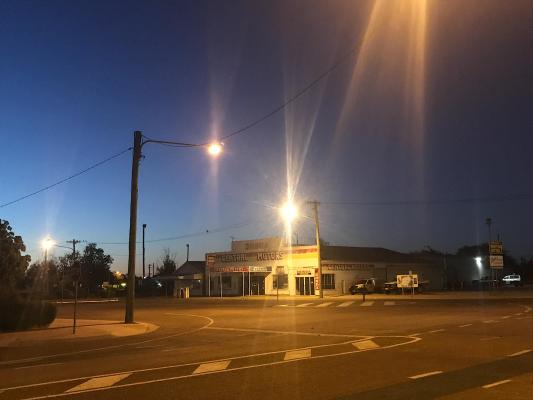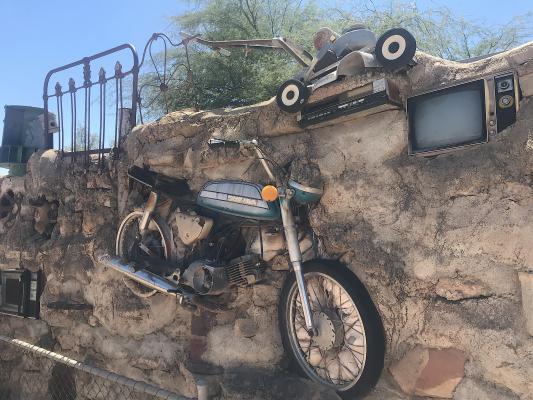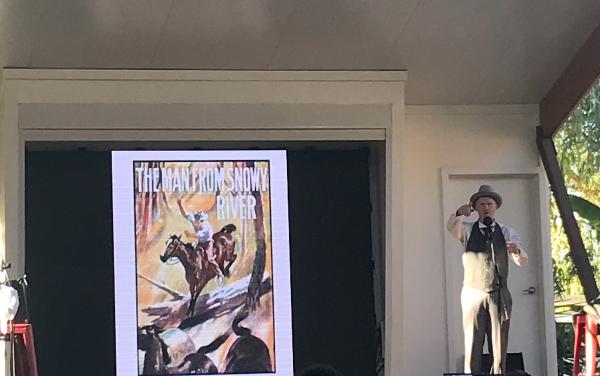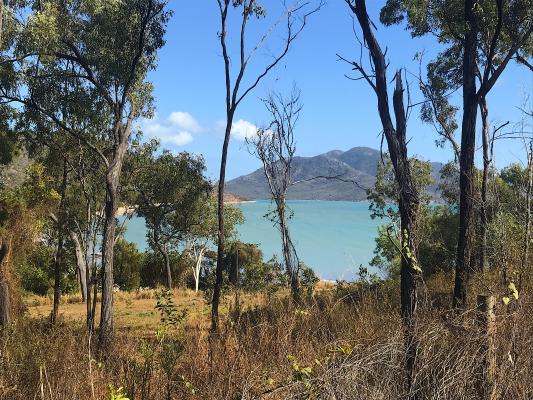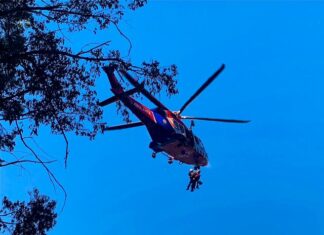Well, it had been quite a while, and just when we decided to reacquaint ourselves with the Queensland Outback, it seemed every other Covid-crazed baby boomer had the same idea.
Still, if you take the road that used to be less travelled and simply look for the biggest loser towns along it, you’ll find plenty of places to park the rented campervan by a quiet river and watch the sunset over a decent glass of wine.
There was a time when I knew every back road and one pub town in Queensland, having travelled them all as Queensland correspondent for The Bulletin magazine. I was lucky to work at the now-defunct “Bully” at a time when several of its editors, Trevor Kennedy and Ian Frykberg among them, wanted to take the grand old magazine out of the latte-sipping culture of the cities and back to the bush where it started in the late 19th century.
I’m sure neither of the aforementioned gentlemen had in mind bringing back the magazine’s original masthead slogan, “Australia for the White Man”, but they did want me to get out the back of beyond, find the bush bards and bullshitters and capture the essence of the real Australia, just as Henry Lawson and AB “Banjo” Paterson had done in the magazine’s early years.
I didn’t need to be asked twice, and the end results were several summer holiday double issues on bush themes, like the routes of the explorers, or our forgotten islands, and two books – My Blood’s Country, which covered the Bicentennial National Trail from Cooktown to Healesville (with your correspondent on horseback for a painful lot of it), and Tracks Winding Back, which focused on the trails blazed by our legendary and lesser known explorers.
In those days I’d go bush with a photographer in a serious off-road vehicle with just a swag, a camp oven, a billy and a bush shower. With no mobile phones and no two-way radio, we’d go off the grid for weeks at a time, and somehow make it home in time for deadline. I’d always had an affinity with the bush, but in those years I grew to love its rawness, and as our kids grew up I inflicted upon them an education in rough-house camping.
But that was then, this is now. We’re old and we need a soft bed. Fortunately the hired campervan had one. It also had a name, Crystal Dreams, and little crystal decorations glued around its ceiling, so you could trip out as you drifted off to sleep listening to the soundtrack of the wild. We loved it immediately, but unfortunately so had its previous renter, which meant we were late getting away from the Sunny Coast and only made it as far as Gayndah for our first night.
It didn’t matter. Gayndah was perfect and perfectly empty. The main street was deserted just before sunset and we crossed a bridge and found a decrepit riverside campground that was equally deserted. The car fridge had chilled the wine and the gas cooker worked wonders on the pasta. If this is what being a grey nomad is all about, I can take a fair bit of it.
The next day we ambled along Cania Gorge, through which more than 30 years ago I’d ridden a grey mare, coming down through the harsh and beautiful country of Kroombit Tops. Not quite the same seen from the road, but still beautiful. In the afternoon we left the Range and headed out through the gem fields to Emerald, a lively service town that was full of Covid tourists just like us. Yikes!
We were getting into the land of the long horizon now, and I decided to camp the night in Barcaldine, where they’ve built a funny roof over the Tree of Knowledge and two of the town’s four pubs have closed down. The great shearers’ strike of 1893 and the subsequent creation of the Australian Labor Party under a tree outside the railway station have given the place a listing on the heritage map, but strangely the old town was a lot livelier last time I visited 35 years ago.
Winton was an easy three-hour ramble the next morning, and we spent the better part of the afternoon in the North Gregory Hotel, slaking the thirst of the dusty road, as you do. Again, it had been a long time between drinks in Winton for me, but our youngest daughter had taken a gig helping run the entertainment programs at the Gregory not long ago, so she’d given us the drum. Dinosaurs and the film industry have put this crazy old town on the map, but for me it’s still all about the late light on those wide, deserted streets, and Banjo Paterson.
We got to feast on both last week, the town having emptied out after the opal festival a couple of days earlier, and only a small audience on hand for local bush poet “Gregory North’s” – get it? – Banjo Paterson tribute, in which he explains how the great bush poet wrote the words to Waltzing Matilda at a homestead not far away, and the song was first performed right here at the North Gregory in 1896.
Winton was out most westerly stop and we hit it for the coast, via Charters Towers. Now I’m sitting outside the van on a warm afternoon in a quiet part of the Whitsunday Coast, about which more next week.

